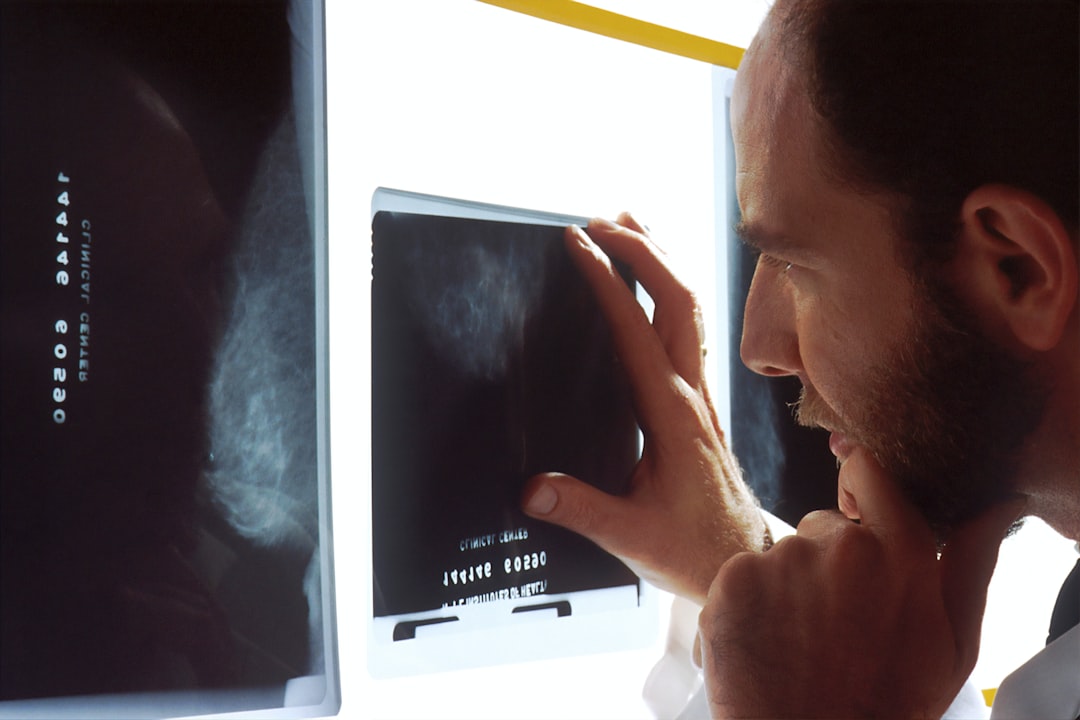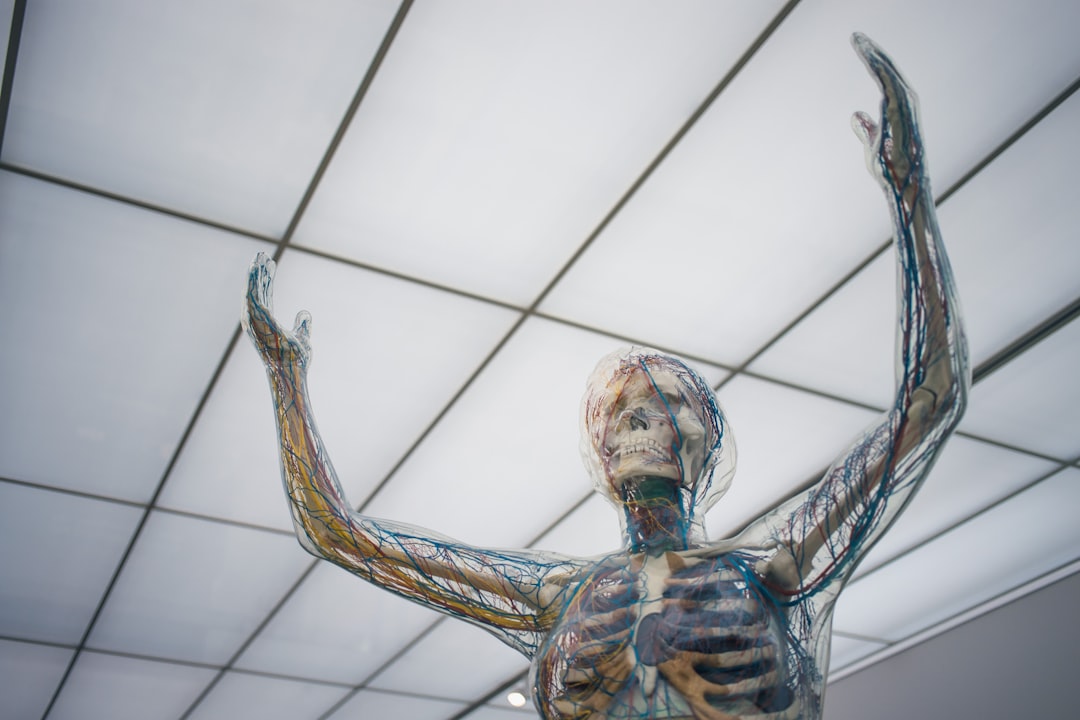What is it about?
Filamentous cyanobacteria of the order Nostocales are primordial multicellular organisms, a property widely considered unique to eukaryotes. Their fila- ments are composed of hundreds of mutually depen- dent vegetative cells and regularly spaced N2-fixing heterocysts, exchanging metabolites and signalling molecules. Furthermore, they may differentiate specialized spore-like cells and motile filaments. However, the structural basis for cellular communica- tion within the filament remained elusive. Here we present that mutation of a single gene, encoding cell wall amidase AmiC2, completely changes the mor- phology and abrogates cell differentiation and intercellular communication. Ultrastructural analysis revealed for the first time a contiguous peptidoglycan sacculus with individual cells connected by a single- layered septal cross-wall. The mutant forms irregular clusters of twisted cells connected by aberrant septa. Rapid intercellular molecule exchange takes place in wild-type filaments, but is completely abolished in the mutant, and this blockage obstructs any cell differen- tiation, indicating a fundamental importance of inter- cellular communication for cell differentiation in Nostoc. AmiC2–GFP localizes in the cell wall with a focus in the cross walls of dividing cells, implying that AmiC2 processes the newly synthesized septum into a functional cell–cell communication structure during cell division. AmiC2 thus can be considered as a novel morphogene required for cell–cell communication, cellular development and multicellularity.
Featured Image
Read the Original
This page is a summary of: The morphogene AmiC2 is pivotal for multicellular development in the cyanobacterium Nostoc punctiforme, Molecular Microbiology, February 2011, Wiley,
DOI: 10.1111/j.1365-2958.2011.07554.x.
You can read the full text:
Contributors
The following have contributed to this page










